Understanding How Your Potential Customers Are Lost
In today’s rapidly changing market environment, understanding and preventing the loss of potential customers is crucial. Through vivid case studies, you will learn how to optimize customer interaction processes to reduce customer attrition.
Here's a practical look at how your customers are lost.
Let's start with an example: Suppose a user is browsing your official website, app, or mini-program and wants to communicate directly with you. For instance:
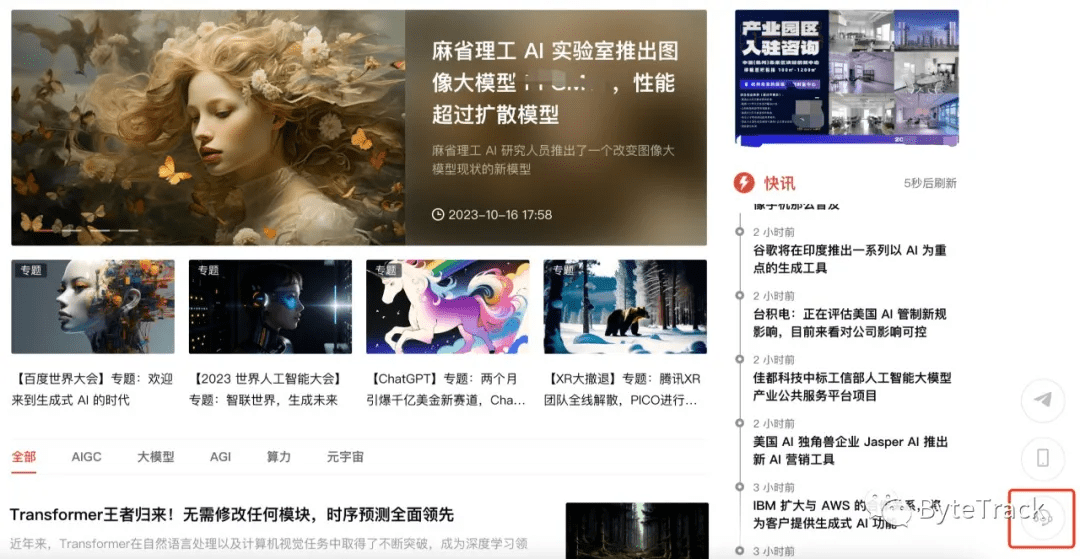
The website layout is very appealing, and I am interested in making an inquiry or placing an order. I find the following customer service icon.
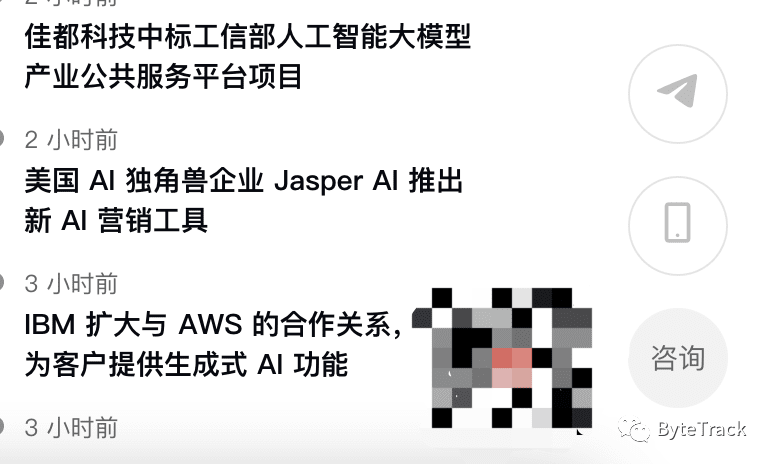
But it turns out to be a QR code. After scanning and adding it, I have to wait online for friend approval.

When I try another option for consultation via Telegram, I find I don’t have this chat app.

When I click on the app, I find I need to download it, which is too bothersome.

During the wait for approval, I can only check out the competitors. The competitor’s official website happens to have online customer service.
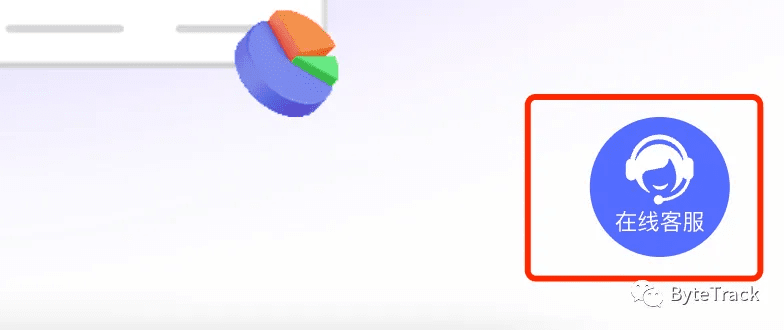
Clicking on the customer service takes me directly to a chat page, achieving instant chat functionality.
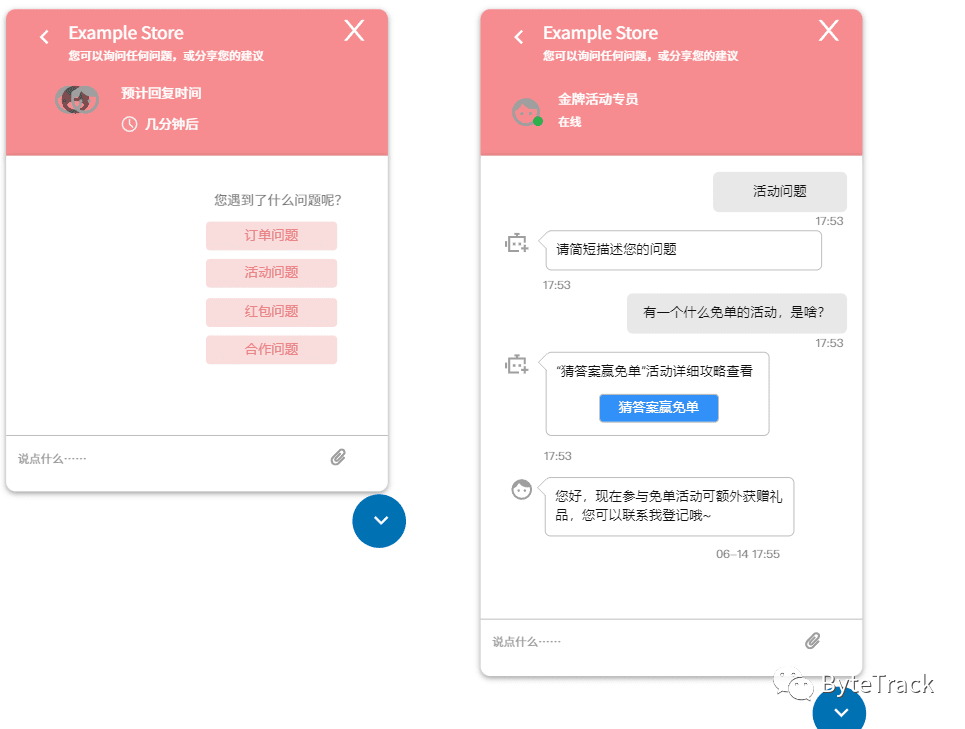
If you had set up intelligent processes, users could initially handle simple queries via AI and automated workflows.
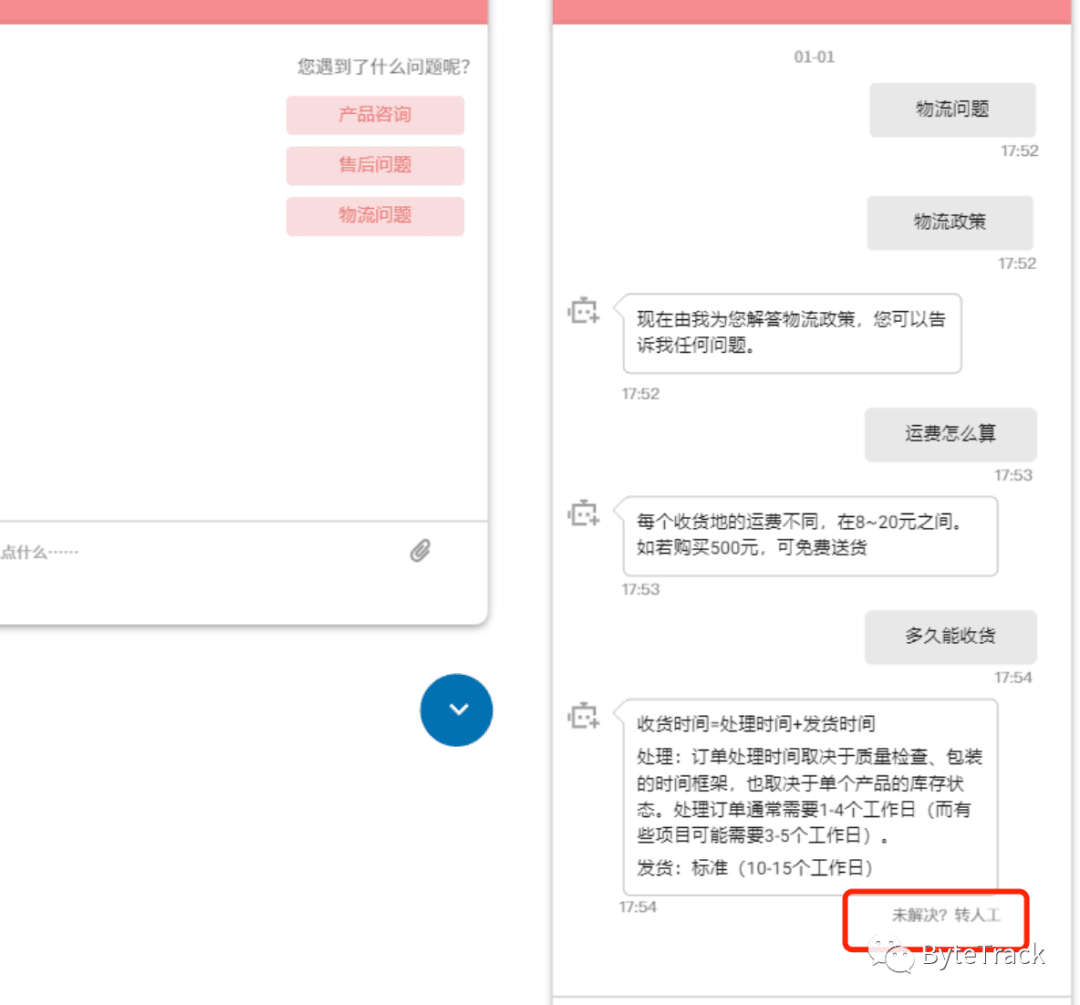
And if unresolved, then click on human customer service. The initial immediate response can address simple issues, while the latter efficiently retains customers.
Compared to AI customer service, traditional customer service faces some challenges during customer consultations. Typically, customers cannot communicate directly with the customer service, especially during peak times, where manual responses are prone to errors. Moreover, multi-country and multi-language communication is often not smooth, unable to provide 24-hour online instant responses, potentially leading to the loss of potential customers.














One-stop solution, providing comprehensive support for business operations
ByteTrack,create a one-stop AI-based intelligent operational collaboration platform for you
- Resource
- ByteTrack academy
- Help center
- Developer center
- Contact us
-
 WeChat Official Account
WeChat Official Account Business WeChat ID
Business WeChat ID


 share
share


